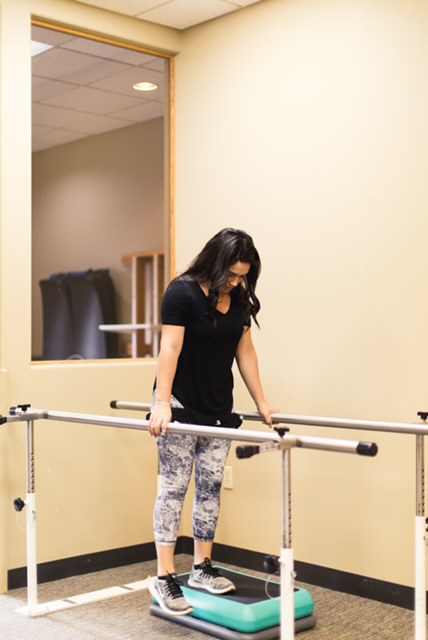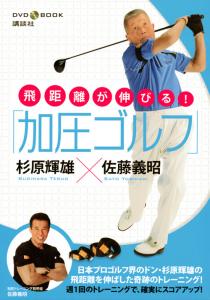For who? Individuals with plantar fasciitis or heel pain
For what? Pain relief, functional movement, mobility, balance
Plantar fasciitis is a common cause of heel pain that is caused by inflammation of a thick band of tissue that runs across the bottom of the foot and connects your heel bone to your toes.
Most people who have plantar fasciitis recover in several months with treatment that includes resting, icing the painful area, and stretching along with taking pain relievers such as ibuprofen (Advil, Motrin IB, others) and naproxen sodium (Aleve) that can ease the pain and inflammation caused by plantar fasciitis. Stretching and strengthening exercises or using special devices may relieve symptoms.
KAATSU users have an additional modality and tool to use if they do a series of exercises to stretch the plantar fascia and Achilles tendon and to strengthen lower leg muscles.
KAATSU Plantar Fasciitis Protocols: 1. Always start with the KAATSU Cycle mode, following the Progressive KAATSU Cycle protocols (i.e., start with low pressures and then gradually increase to high(er) pressures - even if you do not "feel" anything).
2. Always be well-hydrated before and while doing KAATSU KAATSU Cycle sets.
3. Always start KAATSU Cycle sets on your arms, then do KAATSU Cycle sets your legs.
4. Always have good KAATSU color while doing KAATSU Cycle sets (i.e., have a pinker or redder skin color).
5. Always feel comfortable doing KAATSU; never feel uncomfortable or lightheaded. If you feel uncomfortable or lightheaded at any time, immediately remove the bands.
6. Always start off with conservative pressure and gradually increase.
7. Always feel free to do simple movements during KAATSU; you do not have to do intense or vigorous exercises.
8. You can incorporate KAATSU into your standard physical therapy exercises and movements.
9. You can do up to 6 KAATSU Cycle sets on both your upper and lower limbs during each session.
10. You can do 1-3 KAATSU sessions per day as your time permits.
11. You can do either Single-Limb KAATSU Cycle sets on only one leg - or Standard KAATSU Cycle sets on both legs. That is, you can focus on only one leg at a time if your plantar fasciitis is painful on one side only.
12. Always start conservatively with KAATSU: either with low pressure or only 1 KAATSU Cycle set per day.
13. You can gradually increase the number of KAATSU Cycle sets over the course of several days or weeks.
14. You can do various kinds of movements - or no movement at all while you are sitting down or studying or working.
15. You can do Standard KAATSU 3-Point Exercises on your arms (e.g., Hand Clenches, Biceps Curls, Triceps Extensions) or other movements (e.g., Foot Rotations, Balancing on One Foot, Stretching, Walking, Standing Up and Sitting Down) with your KAATSU equipment.
16. Be patient and do KAATSU Cycles regularly and consistently.
For Pain Relief:
* Do 3-6 KAATSU Cycle sets with the KAATSU Air Bands on one or both legs while you are sitting.
* You can also do 3-6 KAATSU Cycles while doing KAATSU Aqua exercise or stretching gentle.
* Some people very gently roll the bottom of their foot with a golf ball while they are doing the KAATSU Cycle sets for additional relief.
Copyright © 2014 - 2021 by KAATSU Global







